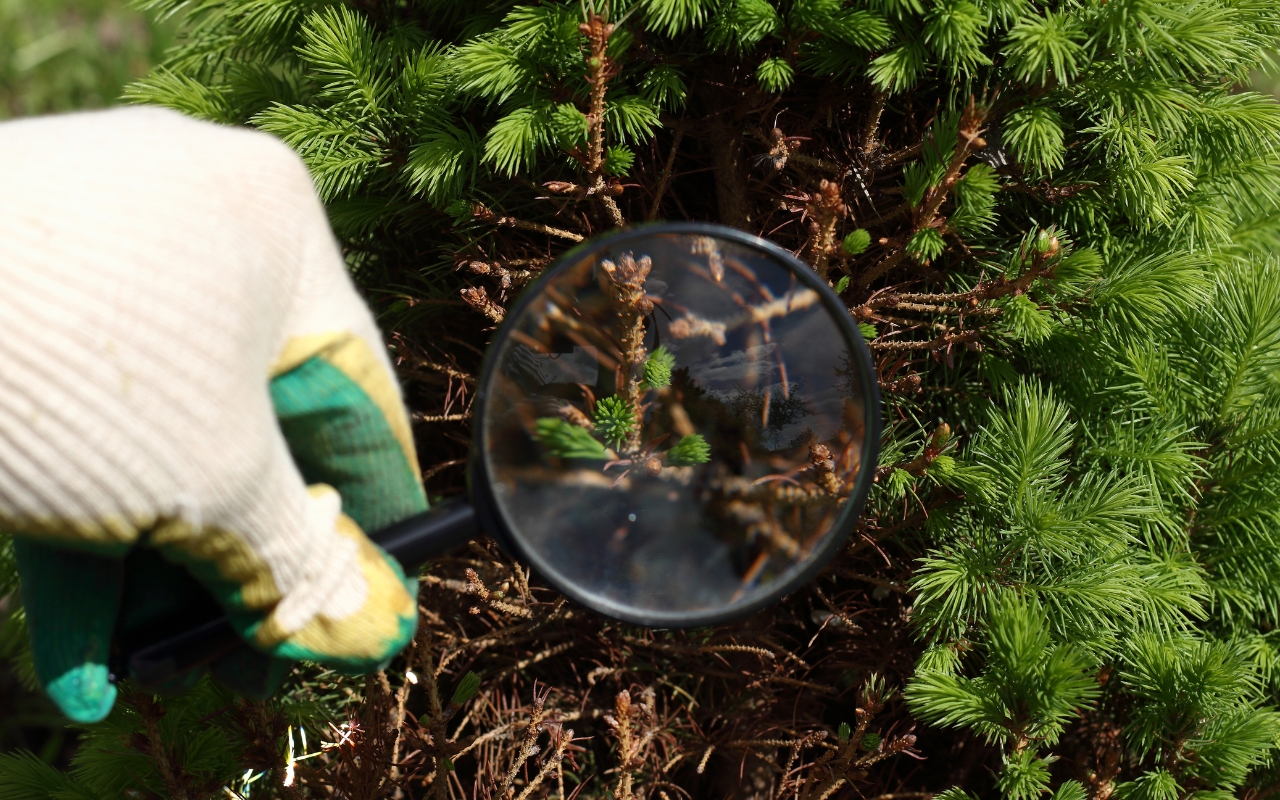
Essential Tree Health Tips: Keep Your Trees Thriving
Are you concerned about the health of your trees? Ensuring your trees thrive is more than just an aesthetic choice—it’s about protecting your property and investing in the long-term beauty of your landscape. With the right tree health tips, you can avoid costly damage, enhance your curb appeal, and enjoy knowing your trees are well-cared for.
Whether you’re a homeowner, property manager, or garden enthusiast, these essential tips will help you nurture your trees for years.
Practical Tree Health Tips to Keep Your Landscape Thriving
Regular Inspections: Your First Line of Defense
Regular tree inspections are crucial to catching potential issues early. Walk around your property at least once a season, checking for signs of disease, pest infestations, or structural problems.
Look for dead or discolored leaves, unusual growth patterns, or tree damage. Identify problems early to address them before they escalate, saving time and money.
Proper Watering Techniques: The Foundation of Tree Health
Watering your trees correctly is essential, especially during dry spells. Overwatering can be just as harmful as underwatering. A good rule of thumb is to water deeply but infrequently, allowing the soil to dry out between watering sessions. Focus on watering the root zone rather than the trunk to ensure the roots absorb the moisture they need.

Pruning: The Art of Shaping Healthy Growth
Pruning isn’t just about aesthetics; it’s a critical part of tree health. Regular pruning helps to remove dead or diseased branches, allowing more sunlight and air to reach the tree’s interior. This promotes healthy growth and reduces the risk of disease. Always prune during the dormant season and make clean cuts close to the branch collar to encourage healing.

Mulching: Protecting and Nourishing Your Trees
Mulching is a simple but effective way to protect trees from extreme temperatures and moisture loss. Apply a layer of organic mulch around the base of your trees, keeping it a few inches away from the trunk. This helps retain soil moisture, reduces weeds, and provides essential nutrients as the mulch breaks down.
Recognizing the Signs of Disease and Pests
Understanding the early signs of disease and pest infestations can save your trees. Look for symptoms such as wilting leaves, unusual spots, or holes in the bark. If you notice anything unusual, it’s best to consult a tree care professional. Early intervention can prevent the spread of disease and keep your trees healthy.
When to Call a Professional Arborist
While regular maintenance can help keep trees healthy, sometimes professional help is necessary. For large trees, complex diseases, or structural issues, an arborist offers the necessary expertise for safe handling.
FAQs About Tree Health
- How often should I water my trees?
Watering depends on the tree’s age, species, and the weather. Deep watering once a week is generally ideal.
- Can I prune my trees in the summer?
It’s best to prune during the dormant season, usually in late winter, to avoid stressing the tree.
- How can I tell if my tree is diseased?
Common signs of disease include wilting leaves, discolored foliage, and unusual growths on the bark. Consult a professional if you notice these symptoms.
Protect Your Trees with These Essential Tree Health Tips
Maintaining tree health is not just about enhancing your landscape’s beauty but protecting your investment and ensuring safety. These essential tree health tips can prevent costly damage and keep your trees thriving.
If you need expert advice or assistance, don’t hesitate to contact us. Let’s work together to keep your trees healthy and vibrant for years.



